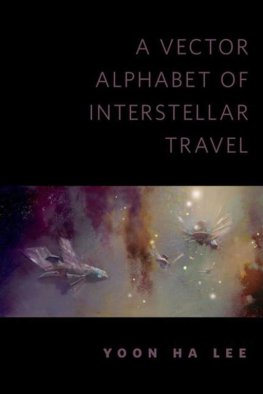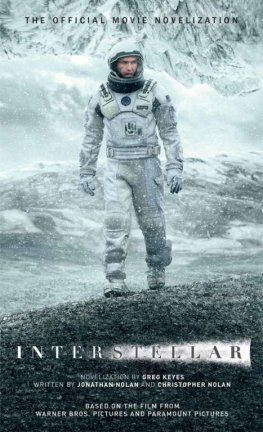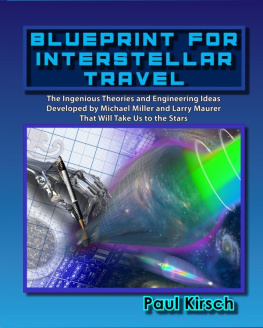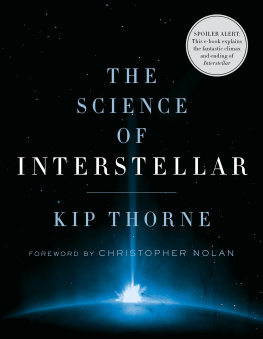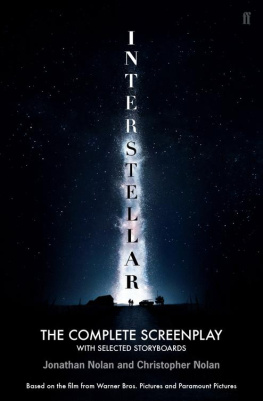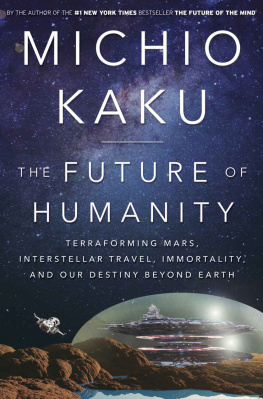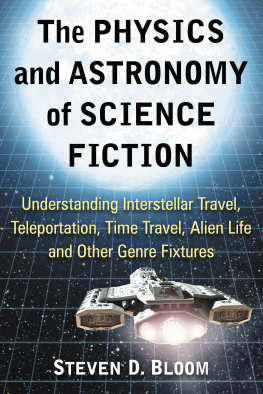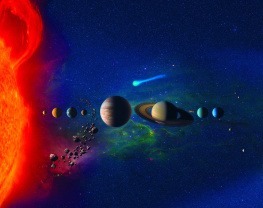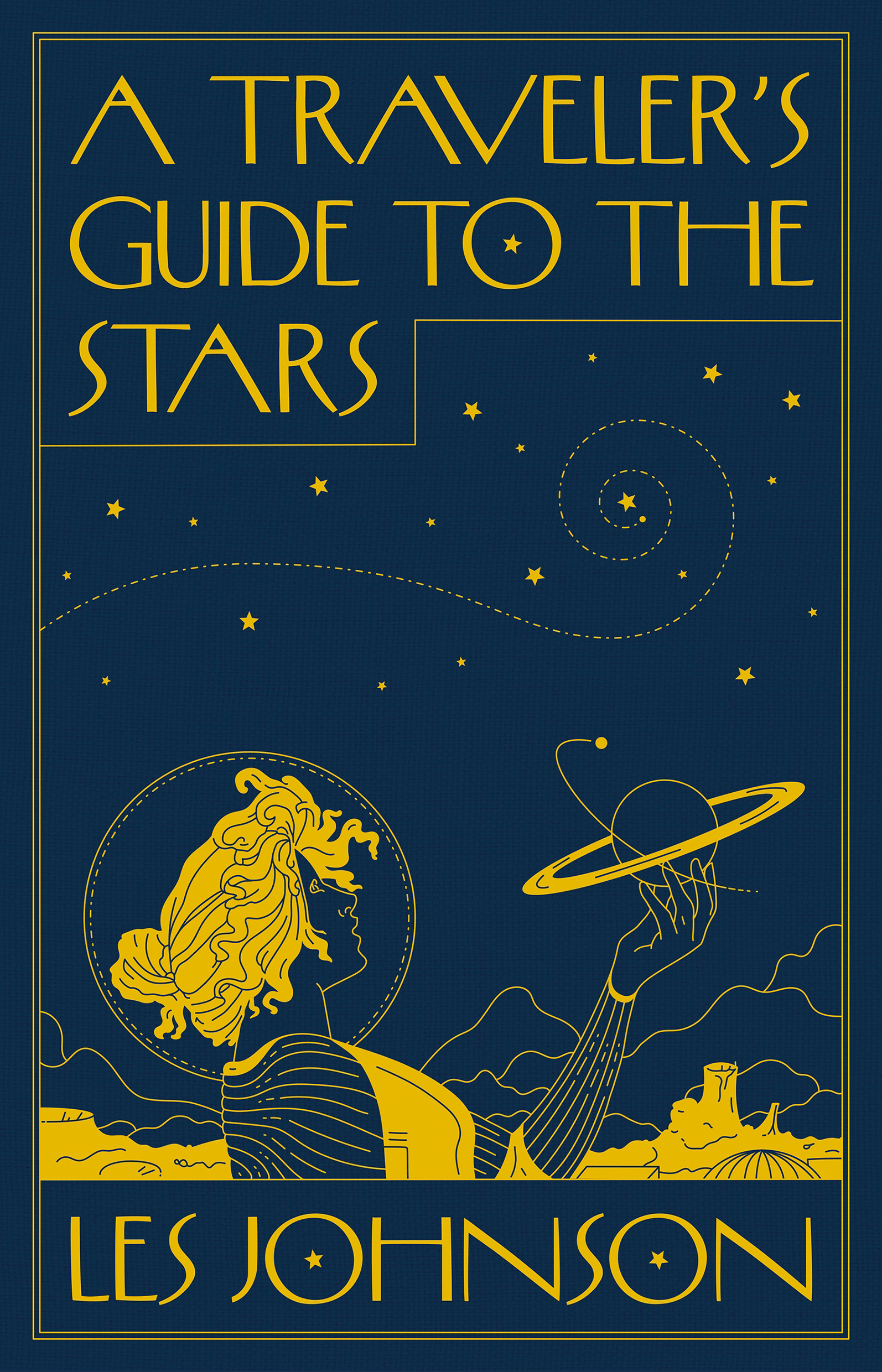A TRAVELERS GUIDE
TO THE STARS

Copyright 2022 by Les Johnson
Princeton University Press is committed to the protection of copyright and the intellectual property our authors entrust to us. Copyright promotes the progress and integrity of knowledge. Thank you for supporting free speech and the global exchange of ideas by purchasing an authorized edition of this book. If you wish to reproduce or distribute any part of it in any form, please obtain permission.
Requests for permission to reproduce material from this work should be sent to
Published by Princeton University Press
41 William Street, Princeton, New Jersey 08540
99 Banbury Road, Oxford OX2 6JX
press.princeton.edu
All Rights Reserved
Library of Congress Cataloging-in-Publication Data
Names: Johnson, Les (Charles Les), author.
Title: A travelers guide to the stars / Les Johnson.
Description: Princeton, New Jersey : Princeton University Press, [2022] | Includes bibliographical references and index.
Identifiers: LCCN 2021058536 (print) | LCCN 2021058537 (ebook) | ISBN 9780691212371 (hardback) | ISBN 9780691240077 (ebook)
Subjects: LCSH: Interstellar travel. | Space vehiclesPropulsion systems.
Classification: LCC TL788.7 .J644 2022 (print) | LCC TL788.7 (ebook) | DDC 629.45dc23/eng/20220121
LC record available at https://lccn.loc.gov/2021058536
LC ebook record available at https://lccn.loc.gov/2021058537
Version 1.0
British Library Cataloging-in-Publication Data is available
Editorial: Ingrid Gnerlich and Whitney Rauenhorst
Production Editorial: Natalie Baan
Text and Jacket Design: Karl Spurzem
Production: Jacquie Poirier
Publicity: Kate Farquhar-Thomson and Sara Henning-Stout
Copyeditor: Anne Cherry
Jacket illustration by Karl Spurzem
To Dr. Gregory Matloff, artist C Bangs, and the late Dr. Robert L. Forward, with tremendous appreciation
CONTENTS
- ix
- xi
- xv
- xix
- 195
- 199
- 207
- 215
LIST OF ILLUSTRATIONS
Interstellar Distances Scale
The Bending of Space-time
The Solar Gravity Lens
The Radioactive Decay of Plutonium
A Simple Rocket
Ion (Rocket) Propulsion
Antimatter Annihilation
How Solar Sails Work
The Electric Sail
Propulsion Systems Comparison
Shielding from Cosmic Rays
Alcubierres Warp Drive
Travel by Wormhole
Wave Interference
PREFACE
Life is a journey, and sometimes so is a book. This books journey began when I was asked to lead NASAs Interstellar Propulsion Research Project in 1999 and began voraciously reading just about every technical book written on the topic of interstellar travel. I was already somewhat prepared for the job. Being a physicist, I knew I could understand the basics and decipher the mathematics that underlies the various propulsion technologies that had been proposed over the forty years or so that scientists had seriously been studying the topic. Having grown up reading at least one science fiction book (novel or anthology) each week from middle school through graduate school, I was mentally prepared to think out of the boxor so I thought.
The Interstellar Propulsion Technology Research Project was funded for about two years before NASA decided to use the funds for other purposes, but not before I became a convert. In my tenure managing the experiments on technologies ranging from solar, laser, and microwave sails to nuclear fission, fusion, and antimatter, I came to believe that going to the stars is something that can actually be done. We may not yet know how to engineer and build the necessary systems, but there is no fundamental scientific reason the systems and technologies described in this book cannot become a reality. With the projects demise, my working on interstellar travel technologies at NASA ended, but not my personal involvement.
Outside of my NASA duties, a close-knit group of my friends and I founded the Tennessee Valley Interstellar Workshop (TVIW), a nonprofit educational organization with the goal of fostering future interstellar travel. TVIW has been far more successful than we ever envisioned and has now sponsored seven symposia, granted thousands of dollars in scholarships to deserving college students who share our common interest, and overseen the publication of multiple original research papers in prestigious science journals. TVIW morphed into the Interstellar Research Group, about which you can learn more on their website, www.irg.space.
That is my journey, but what about this book? It results from my passionate belief that we humans will one day send our descendants to live on a planet orbiting another star, a first step toward taking Earth life to the rest of the universe. It is a goal to which I want to make a contribution and which has consumed a good portion of my personal life these last few years.
My agent and I proposed an earlier version of this book to various publishers ten years ago, but there was little interest. That was before exoplanet discoveries began making headlines, before SpaceX and Blue Origin began revolutionizing access to space, and before the advent of organizations like 100 Year Starship and entered the consciousness of the science-literate public. Instead, I coedited (with New York Times best-selling author Jack McDevitt) an anthology of original science fiction stories mixed with popular science nonfiction essays called Going Interstellar: Build Starships Now!, which was published by Baen Books, a science fiction publisher. The anthology was successful and eventually led to another interstellar-themed science fiction/science fact anthology, also from Baen Books, called Stellaris: People of the Stars, which I coedited with Robert Hampson.
On a bit of a lark, and without even my agent being aware, I created and submitted a book proposal, for this book, to Princeton University Press, and to my great surprise they quickly responded with interest. After many telephone discussions with my primary point of contact at Princeton, Jessica Yao, we arrived at what is before you.
The Travelers Guide to the Stars is intended to be readable, accessible, and understandable by anyonenot just scientists and engineers. There are enough technical books out there on this subject; I did not need to write another. No, this book is intended for the people who will really make the journeys discussed herein a possibilitythe people who will have to advocate for the work to be funded and who will participate vicariously, if not personally, when the journeys begin. We will not get to the stars unless society supports goingand that means all of us.
The journey is only beginning. And I want to leave you with what has become my lifes vision, thanks to one of those otherwise excruciating management workshops that are fashionable in large organizations. At one of these workshops, I do not recall exactly when, we were asked to articulate in one sentence our professional career goal(s). Mine was simple and I have since quoted it many times: When future human settlers on an exoplanet write a history book describing how their new world came to be explored and settled, I would like for my technical work to be cited as a footnote.
This book is another step on my journey to becoming that footnote. I hope you enjoy it and learn a few things along the way.



